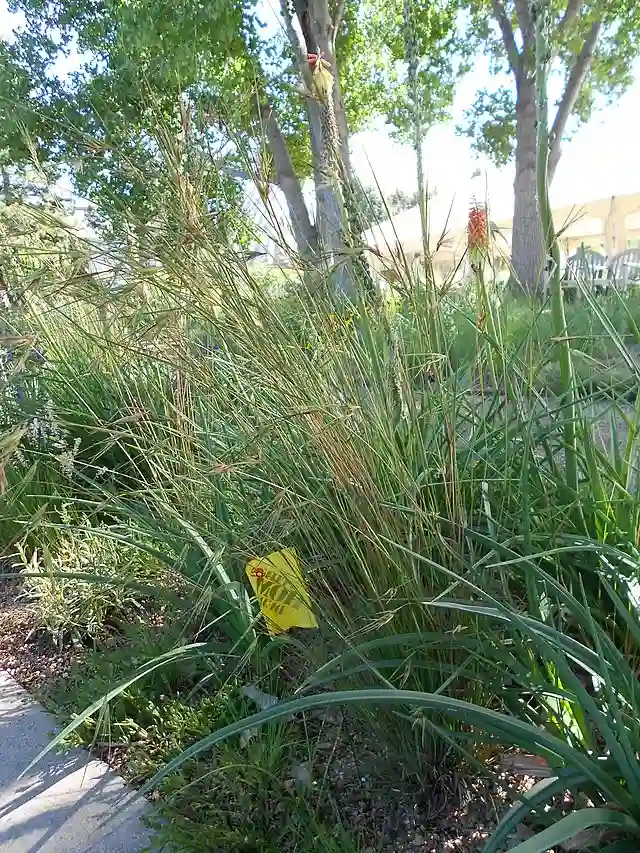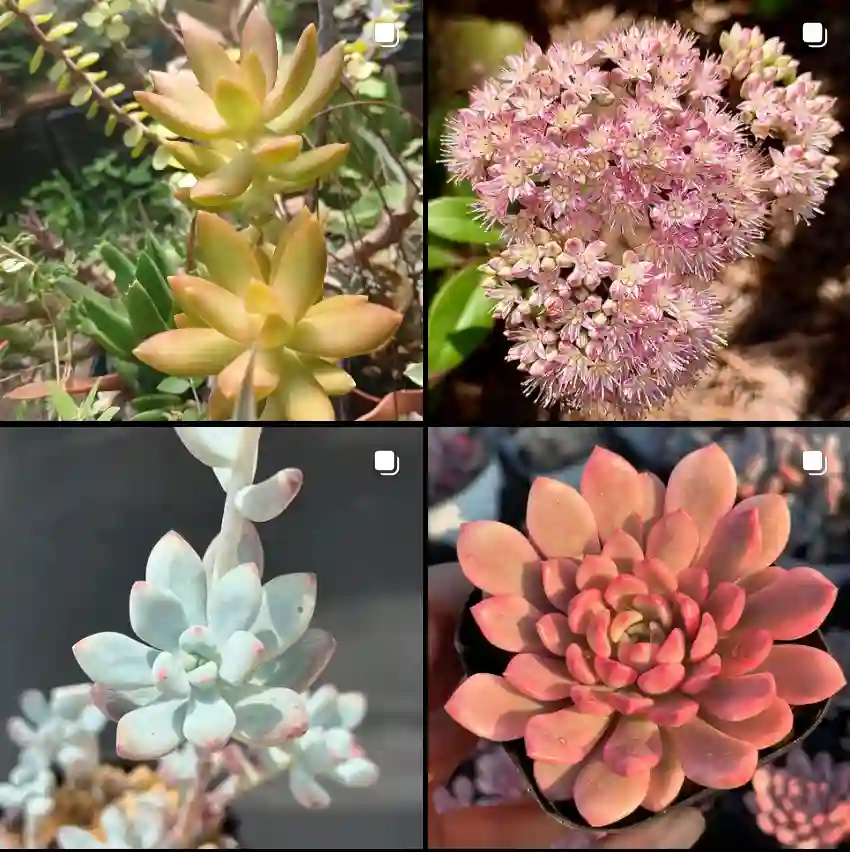What Is Hoya Aurigueana?
As someone who’s had a soft spot for Hoyas, I can tell you that Hoya Aurigueana is a fascinating plant. Native to the Philippines, this species is part of the Hoya genus, known for its striking flowers and waxy leaves. The plant is a bit of a show-off with its cluster of star-shaped flowers that bloom in a lovely cream or pale yellow. It’s a compact vine that’s perfect for hanging baskets or growing as a tabletop specimen.
566 Species in Genus Hoya
How to Care for Hoya Aurigueana?
Caring for Hoya Aurigueana is relatively straightforward if you keep a few key points in mind.
Light: This Hoya thrives in bright, indirect light. Direct sunlight can scorch its leaves, so a spot with filtered light is ideal. I’ve found it grows well near a window that gets plenty of indirect sun throughout the day.
Watering: I’ve learned that Hoyas prefer to dry out between waterings. Overwatering can lead to root rot, so let the soil dry out almost completely before you water again. In the winter months, you can cut back on watering, as the plant’s growth slows down.
Humidity: This plant enjoys higher humidity levels. If you live in a dry climate like I do, consider placing a humidity tray or using a room humidifier. It’s amazing how a little extra moisture in the air can perk up a Hoya.
Temperature: Hoya Aurigueana prefers temperatures between 60-80°F (15-27°C). It’s not frost-tolerant, so be sure to keep it away from cold drafts or sudden temperature drops.
Soil: A well-draining potting mix is crucial. I use a blend of peat moss, perlite, and orchid bark to ensure good aeration and drainage. This combination helps prevent water from pooling around the roots, which is key to keeping the plant healthy.
How to Propagate Hoya Aurigueana?
Propagation is one of my favorite parts of growing Hoyas. Hoya Aurigueana can be propagated quite easily through stem cuttings.
- Select a Healthy Cutting: Choose a stem with at least 2-3 leaves and a node. The node is where roots will develop, so it’s essential for successful propagation.
- Prepare the Cutting: Trim the cutting just below a node. Remove any excess leaves from the lower part of the stem to prevent them from rotting.
- Rooting Medium: Place the cutting in a glass of water or a propagation medium like a mix of perlite and peat moss. If using water, ensure that the node is submerged but the leaves are not. Change the water every few days to keep it fresh.
- Potting Up: Once roots have developed to about an inch long, transplant the cutting into a pot with a well-draining soil mix.
- Care: Keep the newly potted plant in a bright, indirect light and maintain a high humidity level to encourage growth.
What to Plant With Hoya Aurigueana?
Hoya Aurigueana pairs well with a variety of other plants. I’ve had success growing it alongside other Hoyas, such as Hoya Carnosa or Hoya Pubicalyx. Their similar care requirements make them great companions. Additionally, you can combine it with plants that have contrasting textures or colors, like the lush foliage of Pothos or the spiky leaves of a cactus.
How to Use Hoya Aurigueana in Your Home?
Incorporating Hoya Aurigueana into your home can add a touch of greenery and elegance. I’ve found it’s particularly stunning in a hanging basket or trailing over a shelf. Its dense foliage and bright flowers make it a focal point in any room. It’s also a fantastic choice for a terrarium or plant arrangement, where its cascading vines can create a lush, green effect.
Is Hoya Aurigueana Toxic?
One concern for pet owners is whether Hoya Aurigueana is toxic. From what I’ve researched, this plant is not considered highly toxic to pets, but it’s still best to keep it out of reach of curious cats and dogs. While ingestion may cause minor gastrointestinal upset, it’s generally not severe. Always monitor your pets and consult a vet if you suspect they’ve ingested any plant material.
How to Deal with Pests and Problems?
Like any plant, Hoya Aurigueana can occasionally face pest issues. I’ve noticed that spider mites and mealybugs can be a problem. To tackle these pests, use a gentle insecticidal soap or neem oil. Make sure to check the undersides of leaves and between stems where pests might hide.
Common Issues: If you notice yellowing leaves or a lack of blooms, it might be a sign of too much direct sunlight or inadequate watering. Adjust the plant’s position and care routine accordingly.
Conclusion
Hoya Aurigueana is a delightful addition to any plant collection. Its charming flowers, combined with relatively easy care, make it a favorite among plant enthusiasts like myself. Whether you’re looking to add a bit of greenery to your home or expand your Hoya collection, this plant is definitely worth considering. With proper care and a bit of attention, you’ll find it to be a rewarding and beautiful plant companion.
If i die, water my plants!



